¿Cual es la importancia del estiramiento?
What is the importance of stretching?

¿Que es el estiramiento?
El estiramiento en la calistenia es una parte importante del entrenamiento que consiste en realizar ejercicios de elongación muscular y movilización articular para mejorar la flexibilidad, la postura y el rendimiento. El estiramiento en la calistenia se puede hacer antes, durante o después de la sesión de ejercicios, dependiendo del objetivo y el método que se utilice. Hay diferentes tipos de estiramiento, como el estático, el dinámico, el pasivo, el activo, etc. Cada uno tiene sus ventajas y desventajas, y se debe elegir el más adecuado según las necesidades y el nivel de cada persona.What is stretching?
Stretching in calisthenics is an important part of training that consists of performing muscle stretching and joint mobilization exercises to improve flexibility, posture and performance. Stretching in calisthenics can be done before, during or after the workout, depending on the goal and method being used. There are different types of stretching, such as static stretching, dynamic stretching, passive stretching, active stretching, and so on. Each has its advantages and disadvantages, and the most appropriate one should be chosen according to the needs and level of each person.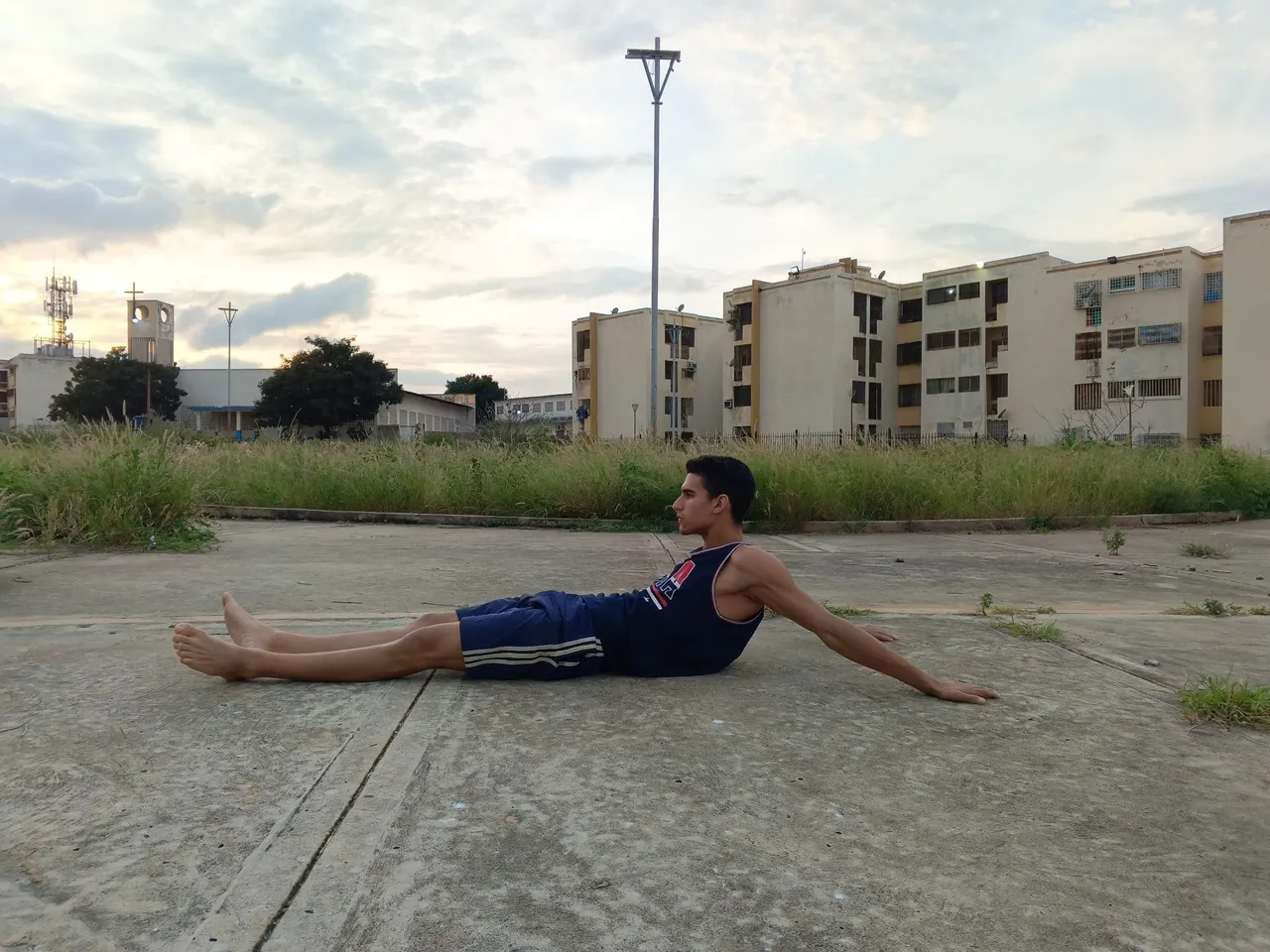
Es realmente importante estirar cuando se realiza calistenia, ya que esto ayuda a prevenir lesiones, mejorar la flexibilidad y la movilidad articular, y optimizar el rendimiento físico. Estirar antes de la sesión de calistenia puede ayudar a preparar los músculos y las articulaciones para el ejercicio, aumentando el rango de movimiento y la circulación sanguínea. Estirar durante la sesión de calistenia puede ayudar a relajar los músculos que se han contraído y acortado por el esfuerzo, evitando así la fatiga y el dolor. Estirar después de la sesión de calistenia puede ayudar a recuperar la longitud muscular y a eliminar el ácido láctico que se ha acumulado, favoreciendo así la regeneración y la relajación. Estirar regularmente puede ayudar a mejorar la postura y el equilibrio, y a prevenir la rigidez y la tensión muscular. Además, estirar puede tener beneficios psicológicos, como reducir el estrés y mejorar el estado de ánimo. Por lo tanto, estirar es una actividad muy recomendable para quienes practican calistenia, siempre y cuando se haga con una técnica adecuada y un método apropiado.
It is really important to stretch when performing calisthenics, as this helps prevent injury, improve flexibility and joint mobility, and optimize physical performance. Stretching before the calisthenics session can help prepare the muscles and joints for exercise, increasing range of motion and blood circulation. Stretching during the calisthenics session can help relax muscles that have contracted and shortened from exertion, thus preventing fatigue and soreness. Stretching after the calisthenics session can help restore muscle length and eliminate lactic acid that has accumulated, thus promoting regeneration and relaxation. Stretching regularly can help improve posture and balance, and prevent muscle stiffness and tightness. In addition, stretching can have psychological benefits, such as reducing stress and improving mood. Therefore, stretching is a highly recommended activity for those who practice calisthenics, as long as it is done with proper technique and an appropriate method.

Los mejores métodos para estirar dependen del objetivo, el momento y el tipo de ejercicio que se vaya a realizar. En general, se recomienda hacer estiramientos dinámicos antes del ejercicio, para preparar los músculos y las articulaciones para el movimiento, y estiramientos estáticos después del ejercicio, para relajar y recuperar la longitud muscular. Los estiramientos dinámicos son aquellos que se realizan de manera activa, mediante movimientos suaves y controlados que aumentan progresivamente el rango de movimiento. Los estiramientos estáticos son aquellos que se realizan en reposo, manteniendo una posición fija durante un tiempo determinado, sin rebotes ni dolor. Dentro de los estiramientos estáticos, se pueden distinguir dos tipos: el activo y el pasivo. El estiramiento activo es aquel que se realiza sin ayuda externa, utilizando la fuerza de los músculos antagonistas para estirar los agonistas. El estiramiento pasivo es aquel que se realiza con ayuda externa, como un compañero, una pared, una silla, una liga, etc., que ejerce una fuerza sobre el músculo a estirar. Los beneficios de estirar con liga son varios, entre ellos:
Permite ajustar la resistencia y la intensidad del estiramiento según el nivel y la necesidad de cada persona. Facilita el estiramiento de músculos difíciles de alcanzar o de aislar, como los rotadores internos y externos del hombro, los aductores y abductores de la cadera, los flexores y extensores de la muñeca, etc. Aumenta la efectividad del estiramiento, al crear una tensión constante y uniforme sobre el músculo, evitando la relajación involuntaria. Mejora la coordinación, el equilibrio y la propiocepción, al requerir un mayor control y estabilidad del cuerpo durante el estiramiento.
The best methods for stretching depend on the objective, timing and type of exercise to be performed. In general, it is recommended to do dynamic stretching before exercise, to prepare the muscles and joints for movement, and static stretching after exercise, to relax and recover muscle length. Dynamic stretches are those that are performed in an active manner, through gentle and controlled movements that progressively increase the range of motion. Static stretches are those that are performed at rest, maintaining a fixed position for a certain time, without rebounding or pain. Within static stretching, two types can be distinguished: active and passive. Active stretching is that which is performed without external assistance, using the strength of the antagonist muscles to stretch the agonists. Passive stretching is that which is performed with external assistance, such as a partner, a wall, a chair, a rubber band, etc., which exerts a force on the muscle to be stretched. The benefits of stretching with a rubber band are several, among them:
Allows the resistance and intensity of stretching to be adjusted according to each person's level and need. Facilitates stretching of muscles that are difficult to reach or isolate, such as shoulder internal and external rotators, hip adductors and abductors, wrist flexors and extensors, etc. Increases the effectiveness of stretching by creating a constant and uniform tension on the muscle, preventing involuntary relaxation. Improves coordination, balance and proprioception, by requiring greater control and stability of the body during stretching.
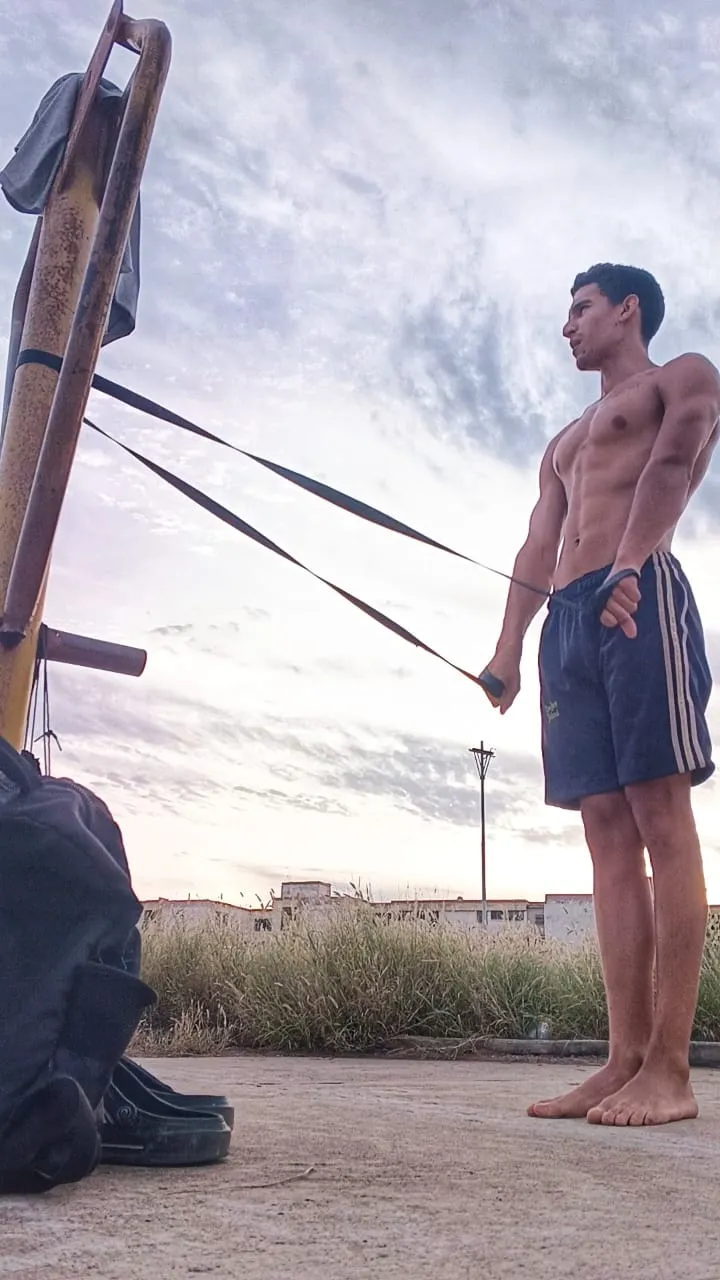
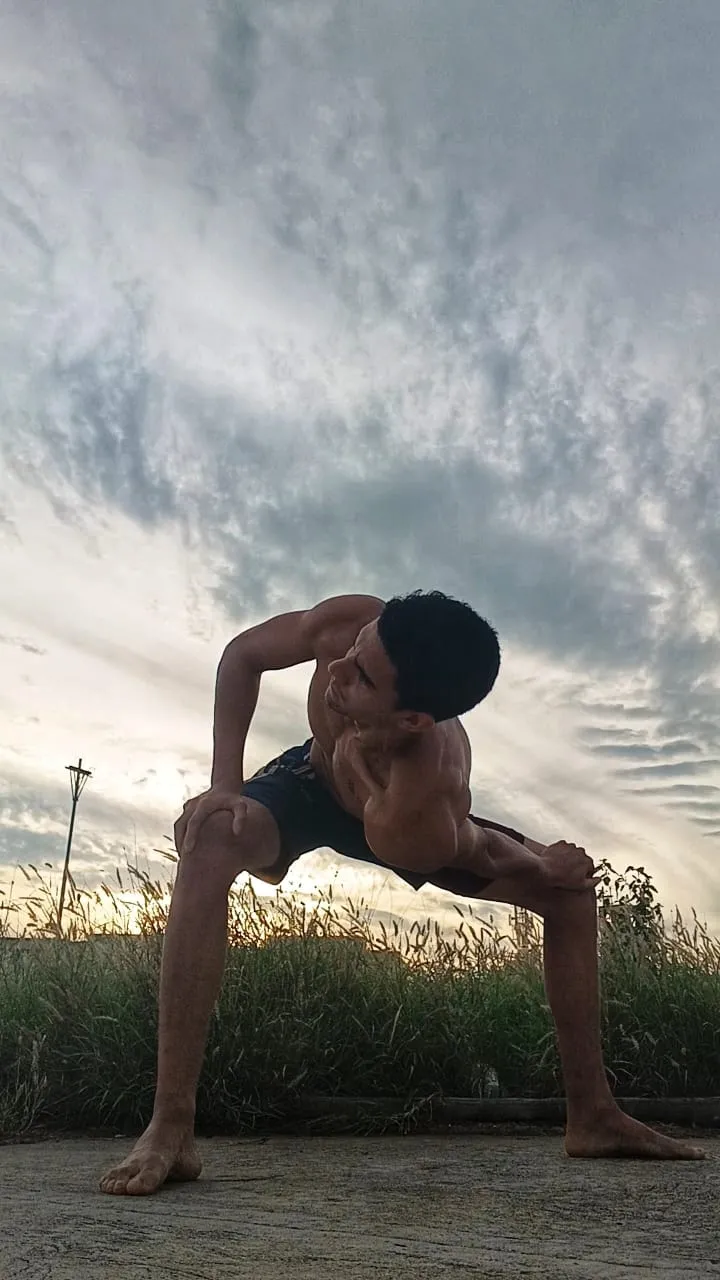
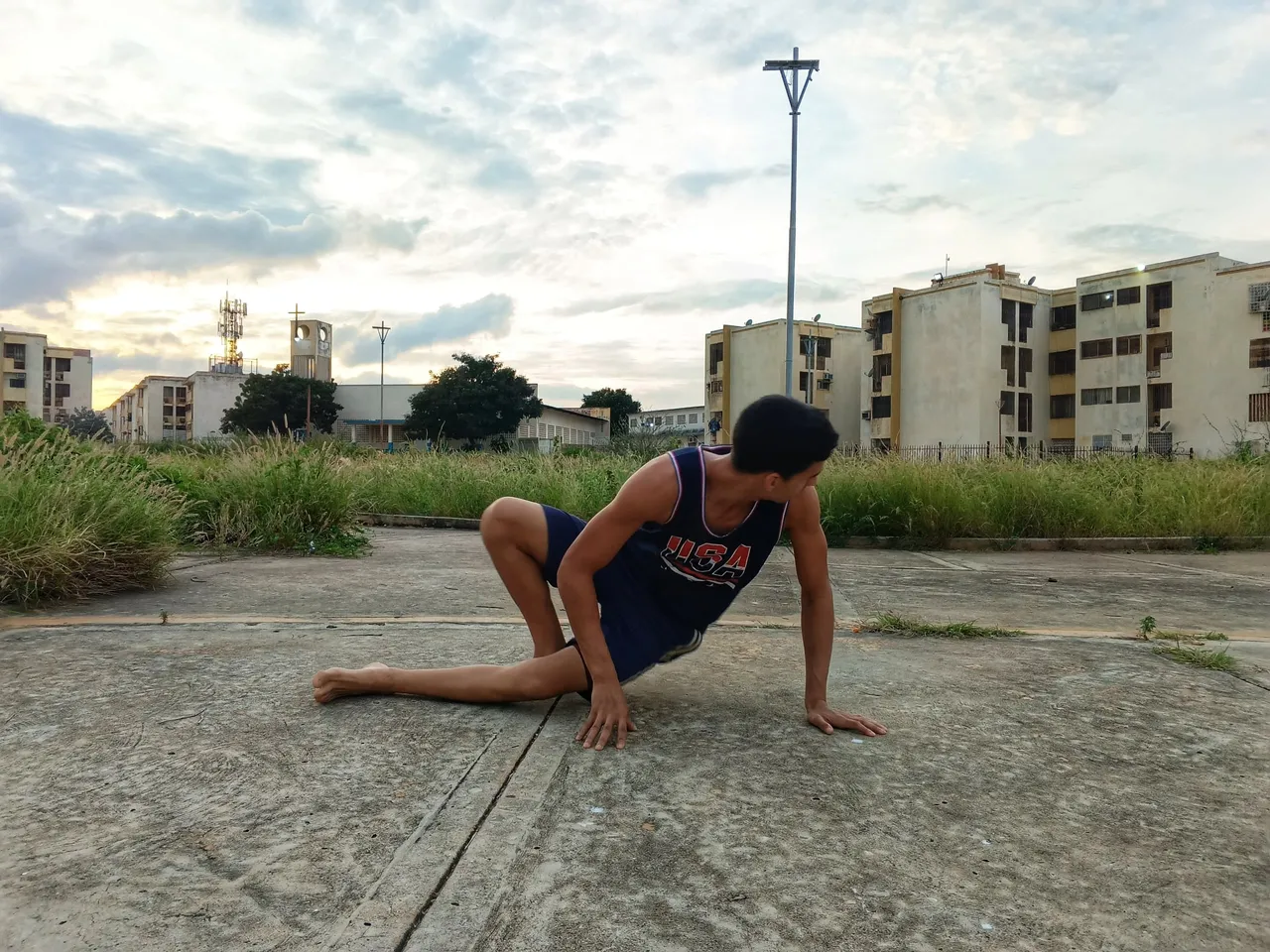
Intenta tener una buena vista para tus estiramientos
Try to have a good view for your stretches

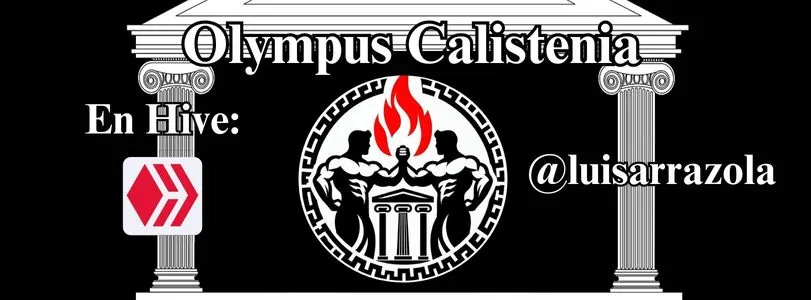
"Todo campeón fue alguna vez un contendiente que se rehusó a dar por vencido." - Sylvester Stallone.**
"Every champion was once a contender who refused to give up." - Sylvester Stallone.
INSTAGRAM |
|---|
 |